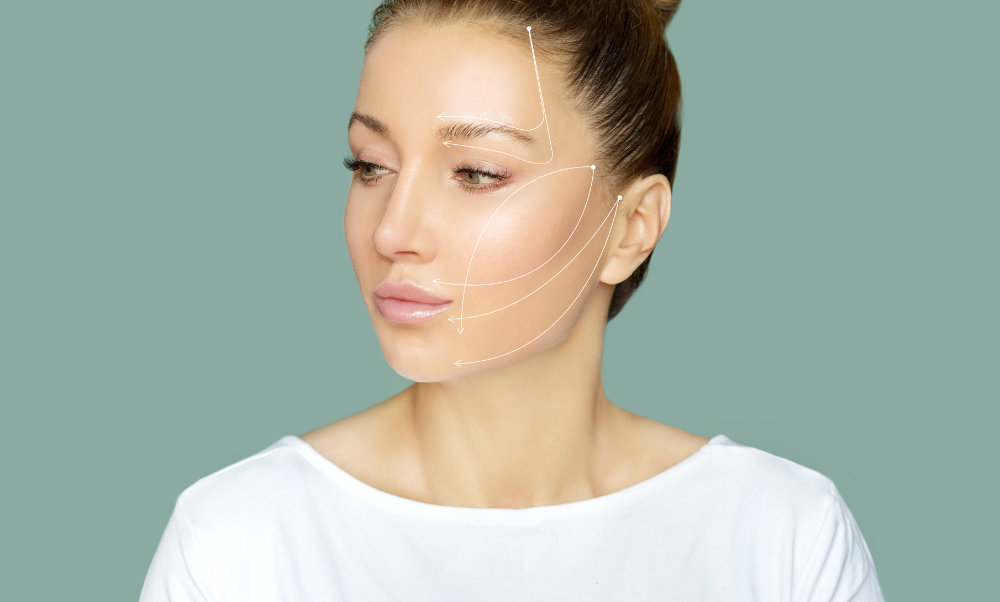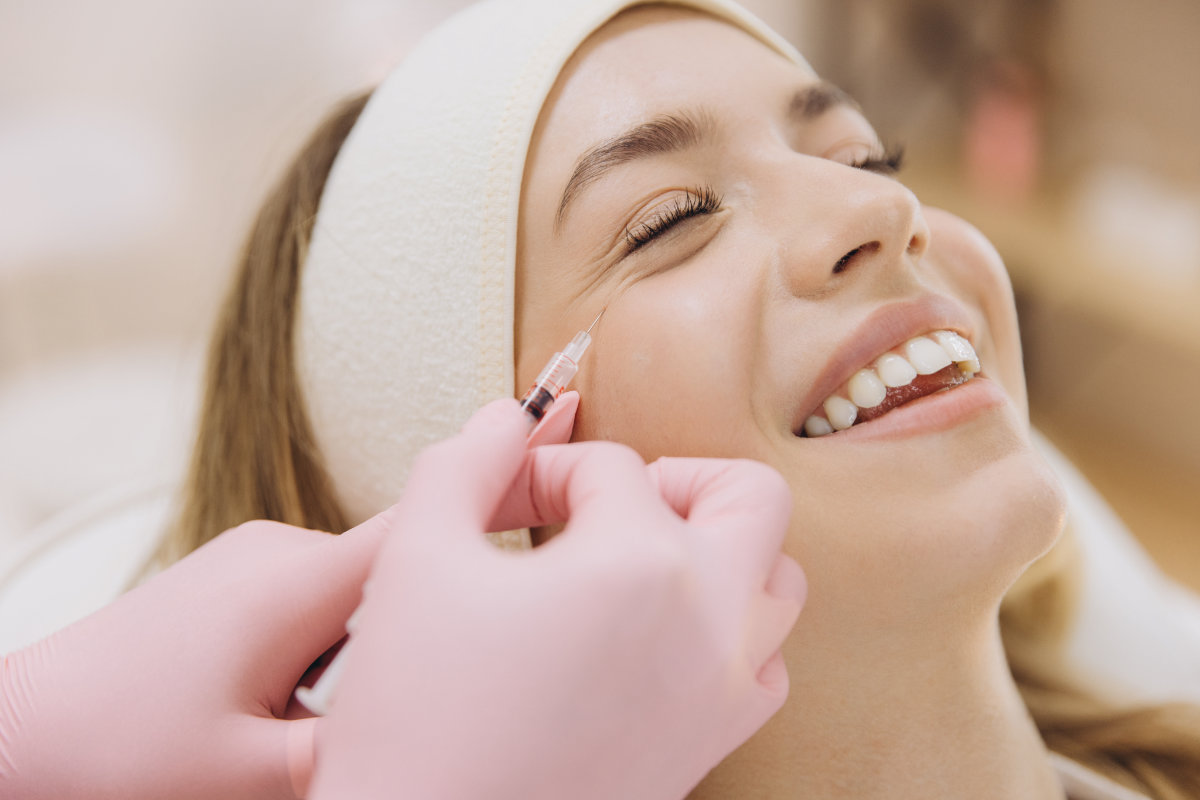Laser treatment is a highly popular remedy for various cosmetic procedures, particularly in clinical applications concerning skin-related issues.While professionals often use it for aesthetic purposes, like removing sunspots, laser treatments are also used in post-surgical scarring and injuries caused by burns and accidents. While it does not entirely remove scars, it can greatly reduce their appearance. This article discusses how laser treatment can help to remove scars.
How does laser treatment work?
The laser breaks up the injured skin, promoting the growth of healthier skin cells. It essentially enables new cells to regenerate and replace the older damaged skin. The new skin cells generally grow in a more even and healthy manner. The laser is either ablative or non-ablative. The ablative affects the skin texture by completely peeling off the targeted section of the top layer of skin. This results in bringing out the healthier and smoother skin that lies beneath. The non-ablative procedure, on the other hand, aims at reducing mild to moderate skin issues. Dermatologists often use it for treating scarring caused by acne, surgery, or injury. It diminishes pain and itching while also making the scar less prominent.
See Also: Which Laser Treatment Is Best for Face Skin Lightening?
Which type of scars can it help?
Dermatologists often recommend laser treatments for the removal of light scarring. It is most effective for scars caused by the following:
- Acne / depressed (AKA “icepick”) acne scars
- Sun damage
- Injury
- Burn
- Surgery
- Chicken-pox
Laser treatment usually works on all skin types, and while it is effective in removing acne scars, it is not always recommended for active acne.
What are the types of laser treatment?
There are three types of laser treatment available. These include:
Ablative laser resurfacing: This uses an erbium or carbon dioxide CO2 laser. The procedure treats severe skin issues and usually takes around 3 to 10 days for healing. The redness of the skin takes some time to subside entirely.
Non-ablative laser resurfacing: This is usually less invasive than ablative laser. It includes using infrared lasers that promote the production of collagen. It also promotes the growth of healthier cells by replacing the damaged ones.
Fractional laser treatment: This process is also called Fraxel and is specifically effective for icepick scars. Fractional lasers grow healthier cells underneath the pigmented ones.
The treatment plan would ideally depend on the type of scar you have. Your dermatologist can help you determine which treatment is right for you.
See Also: What Is Laser Liposuction, and Does It Help to Reduce Weight?
Targeted areas
While it’s more common for these lasers to treat the face, it is also effective in treating various scars on other parts of the body. These targeted areas include:
- Back
- Upper torso
- Neck
- Arm
Risks of laser treatment
Generally, the entire procedure is almost risk-free. Your dermatologist will discuss with you beforehand everything you need to consider. There are chances of minor issues occurring, such as:
- Mild bleeding
- Skin crusting
- Infection
- Discoloration
- Swelling
- Redness and pain
Laser treatment cost
Since it is not a medical necessity, insurance does not cover the laser treatment cost. The average price of skin resurfacing or scar treatment is $2,000 for ablative and around $1,100 for non-ablative.
The best scar removal laser treatment in Freehold, NJ
If you are looking for dermatologists in the Freehold, NJ area, The Youth Fountain provides the best laser treatment for scars. Contact us to book your appointment for laser treatments to help remove acne scars or scars on your legs today!



